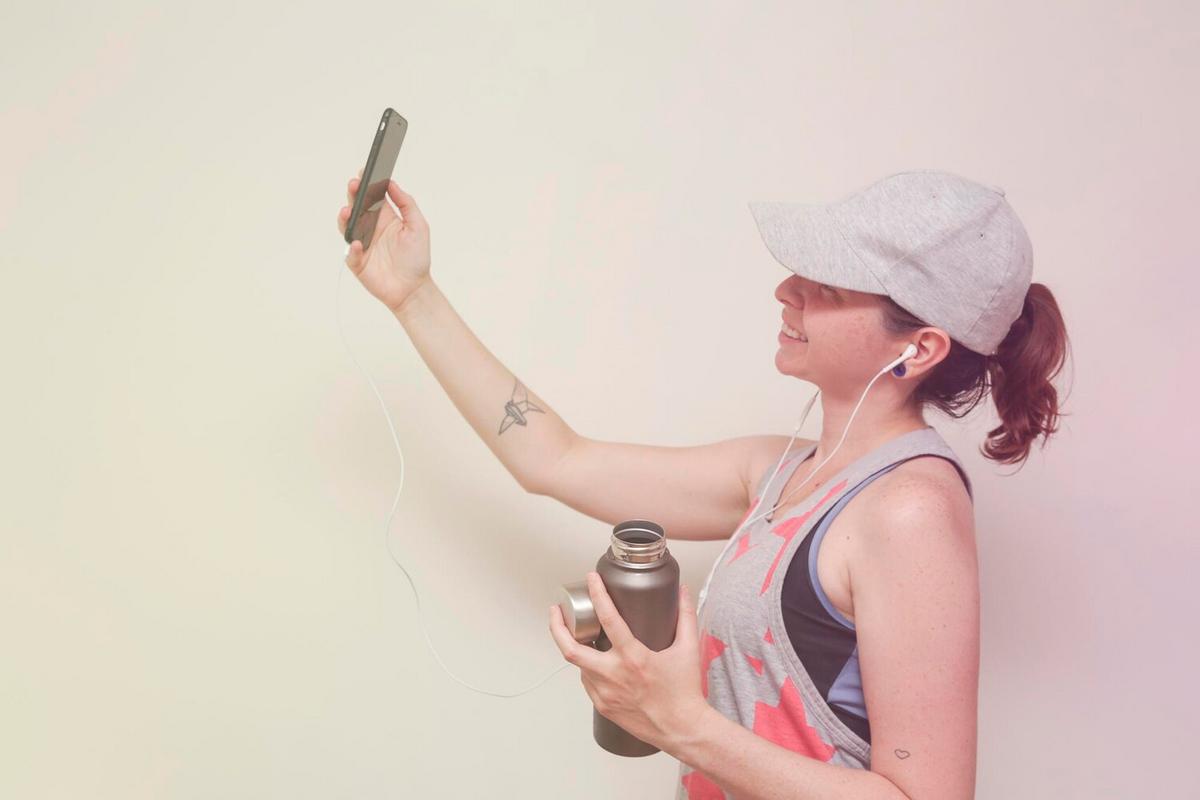The marriage of art and technology has always been fascinating, and nowhere is this union more evident than in the evolution of photography with the rise of smartphones. Once confined to bulky cameras and film rolls, photography has transformed into a ubiquitous activity, effortlessly integrated into our daily lives through the device we carry everywhere: the smartphone.
Photography has undergone significant changes over the years, largely due to technological advancements. The smartphone, with its advanced camera systems, has democratized photography, making it accessible to anyone with a phone in their pocket. This shift has not only changed how we capture moments but also how we perceive photography as an art form.
The Technological Leap
Smartphones have revolutionized photography by incorporating features that were once exclusive to professional cameras. According to a report by Statista, the number of smartphone users worldwide is projected to reach 7.33 billion by 2023, underscoring the widespread accessibility of smartphone photography. With features such as high-resolution sensors, optical zoom, and advanced image processing, smartphones have become a powerful tool for both amateur and professional photographers.
Expert Opinions
Renowned photographer Annie Leibovitz once remarked, “The best camera is the one you have with you,” highlighting the importance of accessibility over technical specs.
This sentiment is echoed by many in the photography community, who appreciate the spontaneity and convenience that smartphone cameras provide.
Statistics and Research
Recent studies indicate that 85% of all photos taken in 2020 were captured using smartphones, illustrating the significant shift from traditional cameras to mobile devices. The convenience of having a camera ready at any moment has encouraged people to document their lives more frequently, contributing to the rise of social media platforms centered around visual content.
Personal Anecdotes
Take the story of Michael, an avid traveler who used to carry a DSLR camera on his trips. He recalls, “Switching to my smartphone for travel photography was a game-changer. It freed up space in my backpack and allowed me to capture moments instantly without fumbling with camera settings.” Michael’s experience is not unique; many have found smartphones to be a practical alternative to carrying bulky equipment.
Actionable Tips for Smartphone Photography
- Utilize grid lines to improve composition and balance your photos.
- Experiment with different angles and perspectives to add depth to your images.
- Take advantage of natural light to enhance the quality of your photos.
- Use editing apps to refine and enhance your images before sharing.
Comparison: Smartphone vs. Traditional Camera
| Feature | Smartphone | Traditional Camera |
|---|---|---|
| Portability | Highly portable | Bulky and requires a bag |
| Image Quality | Improving steadily | Traditionally superior |
| User-Friendliness | Very user-friendly | Requires some learning |
| Versatility | Limited by fixed lenses | Interchangeable lenses |
| Cost | Lower cost | Higher cost |
| Editing Options | Numerous apps available | Software required |
| Connectivity | Instant sharing | Additional steps needed |
| Battery Life | Varies, but generally shorter | Typically longer |
Frequently Asked Questions
Can smartphone cameras compete with DSLRs?
While DSLRs still have an edge in certain areas like lens versatility and manual controls, smartphone cameras have made significant strides in image quality, making them a viable option for most casual photography needs.
What are the limitations of smartphone photography?
Smartphones are limited by their fixed lenses and smaller sensors, which can affect performance in low-light conditions and limit creative control compared to traditional cameras.
Conclusion
The evolution of photography in the age of smartphones has opened up new avenues for creative expression. With continual advancements in smartphone technology, the line between amateur and professional photography continues to blur. Whether you’re capturing daily moments or exploring new artistic possibilities, the smartphone serves as a versatile and accessible tool for photographers of all levels. Embrace this technological shift and explore how you can enhance your photographic skills with the device in your pocket.


Leave a Reply